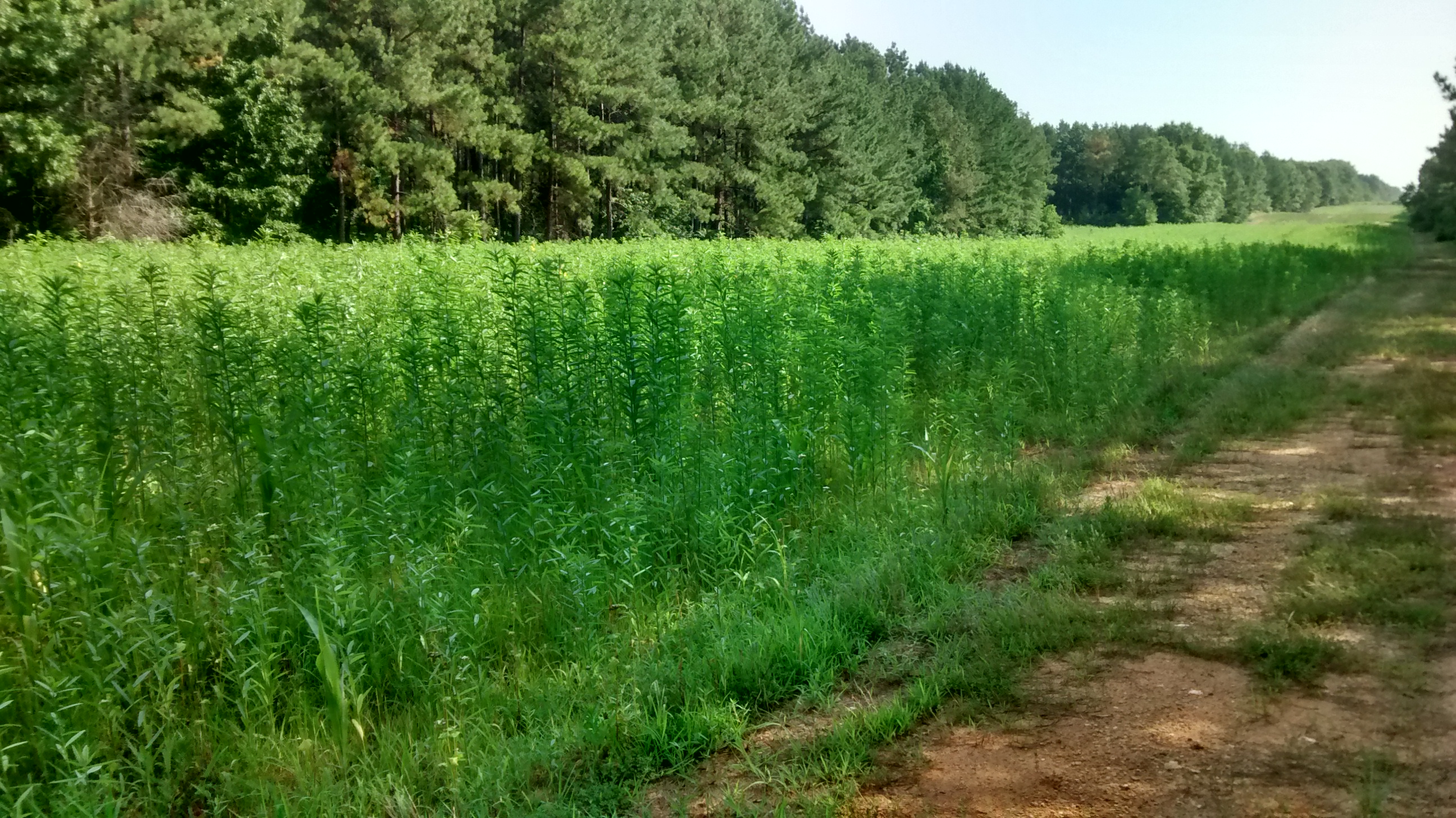I have about an acre and a half I want to plant with japanese millet. I am going to have one shot at it due to timing. I have tried a tnm in this very place two years ago with 99% failure. But, theoretically, during the hot summer, the mulching effect provided by the mowed vegetation should provide some benefit in moisture retention. What would you do, and why - on this sight?








